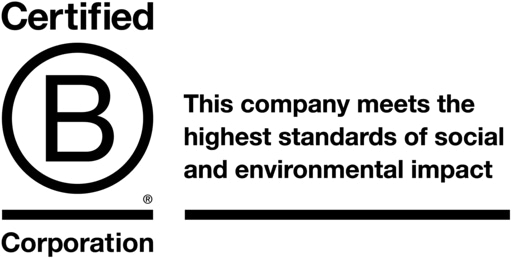Why Accessibility Is Crucial for Your Website
At iBec Creative, we understand the importance of creating websites that are not only visually appealing but also accessible to all users. Ensuring that your website is accessible to all users, regardless of their abilities, is not only a legal requirement but also a moral obligation. In this blog post, we’ll explore the importance of accessibility and the standards to be considered and followed to create accessible websites.
What is Accessibility?
Accessibility refers to the practice of designing and developing websites and digital products that can be used by everyone, regardless of their ability. This includes individuals with visual, auditory, cognitive, and physical disabilities. Accessible websites are designed and developed to provide an inclusive user experience, regardless of the user’s abilities.
Why is Accessibility Important for Your Website?
Designing and developing accessible websites and digital products is essential for several reasons:
- Reach a broader audience: An accessible website can help you reach a broader audience. By prioritizing accessibility on your website, you are showing that you care about your customers (and potential customers) and are committed to providing them with a positive user experience. By implementing accessibility best practices you can cater to the needs of people who use assistive technologies like screen readers or keyboard navigation which can help you expand your customer base and build a more diverse audience.
- Complying with legal requirements: In the United States, the ADA (American Disabilities Act) has led to better inclusion in physical spaces and to the creation of the Web Content Accessibility Guidelines (WCAG) which supports inclusion in the digital world. By working towards making your website accessible you’ll be taking an important step towards complying with these laws and reducing the risk of potential legal issues. Failure to comply with the ADA can result in legal action which can be costly and time-consuming, taking you away from running and growing your business.
- Improved Search Engine Optimization (SEO): Search engines like Google prioritize websites that are accessible because they provide a better user experience for everyone. By making your website more accessible, you’ll likely see an improvement in your search engine rankings which can lead to more traffic and sales.
What are Accessibility Standards?
To ensure that websites are accessible, there are several standards that should be considered during the initial design and development of your website and throughout the lifecycle of your website. The most widely recognized standard is the Web Content Accessibility Guidelines (WCAG), developed by the World Wide Web Consortium (W3C). The WCAG provides a set of guidelines and success criteria for creating accessible websites. It also covers a wide range of accessibility issues, including text alternatives for non-text content, keyboard accessibility, color contrast, and more. These guidelines are organized into three levels of conformance: A, AA, and AAA. Each level represents a higher level of accessibility.
In addition to the WCAG, the American Disabilities Act (ADA), passed in 1990, prohibits discrimination against individuals with disabilities in all areas of public life, including employment, education, transportation, and access to public spaces. In 2010, the Department of Justice (DOJ) issued a ruling that the ADA also applies to websites, making it mandatory for all websites to be accessible to individuals with disabilities.
Achieving Compliance
While WCAG and ADA provide guidelines and success criteria for creating and maintaining accessible websites, it is not possible to be fully compliant due to the complex nature of accessibility and constantly evolving technology.
It’s important to understand that there are many factors that can impact a user’s ability to access and use a website. For example, some users may have disabilities that are not covered by the WCAG or ADA. They may also be using assistive technologies that are not compatible with the website. It is important to consider that technology is constantly evolving and new accessibility challenges arise as a result. For example, new types of devices, such as smartwatches or virtual headsets may present new accessibility challenges that were not previously addressed by WCAG or ADA.
While there is no silver bullet to address and resolve all accessibility standards on your website, it is important to note that achieving compliance with accessibility standards is an ongoing process. As websites are updated and new content is added, it is important to continue to assess and improve accessibility to ensure that all users can access and use your website.
Where Should I Start?
- Do an accessibility audit: An accessibility audit is a review of your website’s design, code, and content to give you a starting point of accessibility standards that should be improved.
- Add an accessibility statement to your website: an accessibility statement outlines your commitment to accessibility and provides users with information on what you are doing to ensure that all users can access and use the website. A good accessibility statement includes information about what you are doing to ensure compliance with accessibility standards, an y accessibility features that are available on the website, steps that the website is taking to improve accessibility, and contact information should a user have any questions or feedback. Check out our accessibility statement here for an example.
- Monitor, maintain, and improve accessibility: As we mentioned above, accessibility is an ongoing process and it is important to regularly monitor, maintain and improve your website’s accessibility. Determine a cadence for reviewing your website’s accessibility and stick to it.
Interested in receiving monthly iBec Creative updates right in your inbox?
Sign up below and we’ll send you updates once a month. Our newsletters are known to contain: exclusive pictures of the iBec crew having fun, TikTok trends to get your creativity flowing, information on B Corp Certification, and so much more! There’s no limit to what you’ll find in an iBec newsletter.



